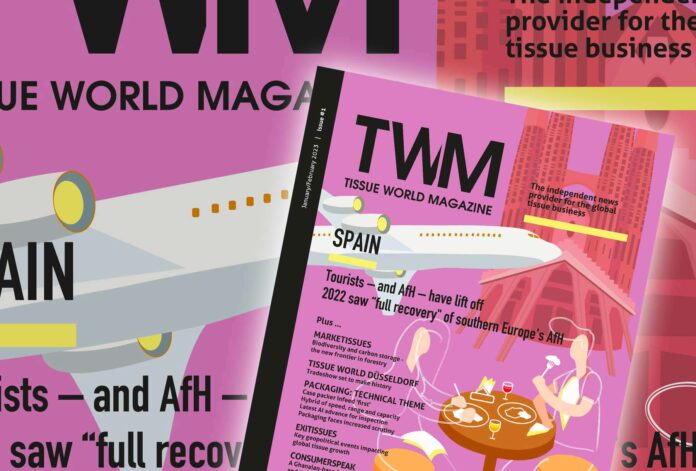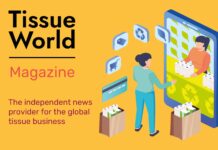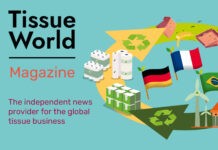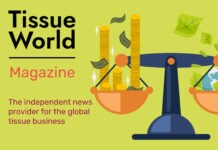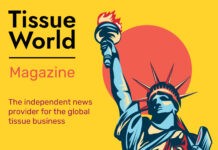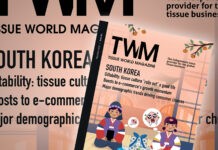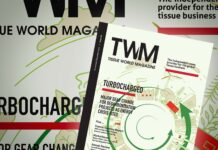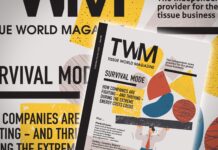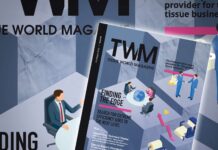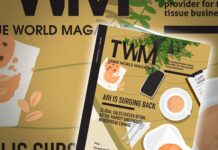In the major re-balancing of the Spanish tissue market some of the statistics in TWM’s Country Report are remarkable. First up: Spain is now the leading producer of private label tissue in Western Europe, overtaking long-time leader Germany. Overall, private label grew 13% in value sales in 2022 to reach nearly 78% in market share.
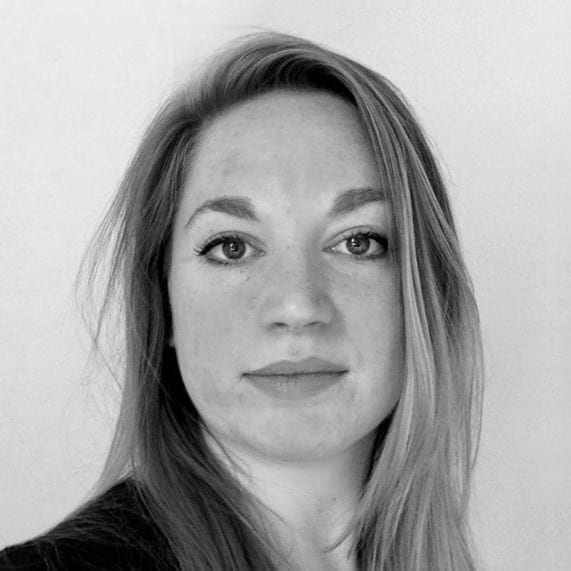
In the post-pandemic re-emergence going on, to be weighed on the plus side are more relaxed social restrictions, the major return of tourism – expected to be up 70% – and improved economic activities and consumer foodservice – the latter up 15%.
As a typical mature market, though, looking to the traditionally reliable source of population growth, the news is less encouraging. That figure is expected to rise by just 0.13% in 2022: a current birth rate of 7.13 per 100,000 offset by a 10.22 per 100,000 death rate. And on the economy, inflation remains a major problem. As low as 0.7% prior to the pandemic, it is now 13% having dropped from a high of 26%.
Tissue imports and exports are balanced, and capacity additions continue to be measured to replace older and higher-cost tissue machines without oversupplying the market. Spain depends on market pulp imports, but has maintained a good cost position relative to its peers. Also, its carbon emissions are lower compared to the rest of the competitive set, except for France.
Priorities are being balanced in search of profit margin recovery. Companies are targeting key issues such as weighing quality and value, performance advancing innovation, and sustainability … increasingly important for customers. Four Operation Reports are positive. To quote two: Luciano Lopez, Plant Director at Lucart Tissue & Soap, reports a full recovery of AfH in the south of Europe, with pre-pandemic consumption levels reached for tissue products generally. LC Paper General Manager Pau Vila expects AfH revenue to double in the next three years, and AH to show significant growth. He uses the verb “ambitioning” to
underline the journey from the Nineties to today when the company works on 100% renewable energy.
Quote of the edition: “This crisis will pass eventually, but it is unclear when or how the tissue business across Europe will adapt.” Bruce Janda, Senior Consultant, Fisher International.
Looking forward to seeing you in Düsseldorf
A lot of tissue has rolled off production lines since the last European Tissue World event took place in 2019. The return of the world’s largest tissue exhibition will introduce the industry to Düsseldorf, Tissue World’s first time in Germany. Some 95% of floorplan capacity is confirmed, as are 120+ exhibitors and 30+ conference speakers.
Martin Krengel, Chief Executive, WEPA Group, will kick start the conference sessions and give the keynote address: Navigating a European family business in the VUCA world – 2023 as an important year for resilience and sustainable success. The Tissue World Düsseldorf conference runs alongside the exhibition with an overall theme: The Roadmap, The Riskmap: Plotting a course for Tissue in uncertain times. TWM will also mark this historic event with a special 88-page printed edition – which for the first time will include a 28-page Show Guide – featuring Country and Operation Reports on Germany, and distributed during our event.
AI ‘knows’ a good thing when it sees one
Artificial Intelligence is a good fit for packaging, and in our Technical Theme, Körber Tissue’s Product Manager – Packaging & Digital Nicolò Squarzoni explains why. The company’s AI packer Sam Pack is busy making choices very much like a human would, only quicker, and cheaper. Defects such as print misalignments and side sealing are rejected. It is a convolutional neural network at work. In simple summary, it mimics the human brain by assessing information before choosing the relevant details and discarding the irrelevant. The network extracts the right details from the image allowing Sam to pack efficiently, a process called classification. Squarzoni explains how the technology improves on both human inspection and algorithmic vision systems.





















